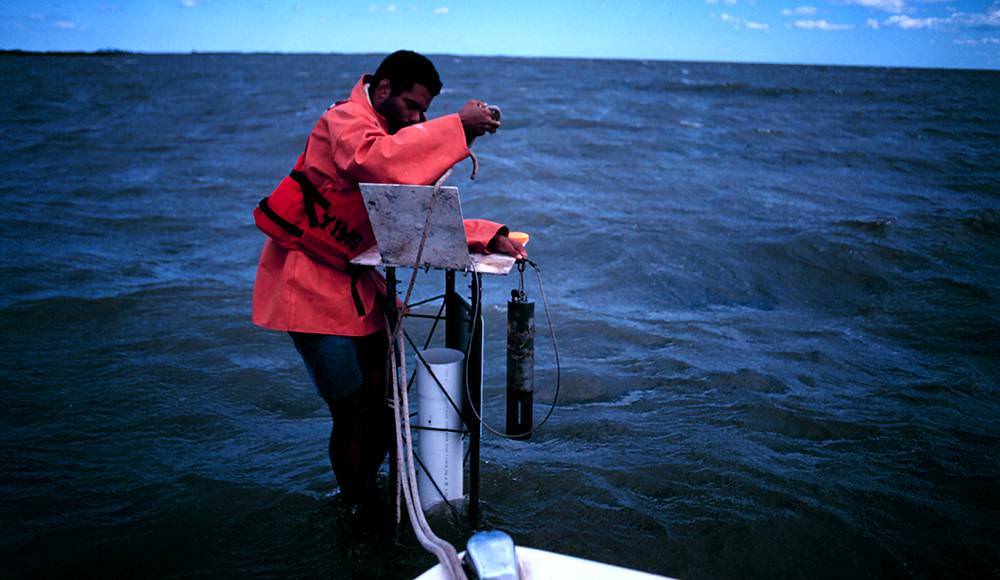MPA Science

Scientific understanding of MPAs is growing rapidly. Research has shown that MPAs are effective at increasing the abundance and diversity of marine life within their boundaries. In order to gain support from and build trust with MPA stakeholders, MPA managers and planners rely on natural and social science for the design and management of these special areas.
MPAs and Climate Science
MPAs are affected by climate impacts and need to be adaptively managed. They can also help build resilience to climate change impacts.
- Marine Protected Areas: Building Resilience to Climate Change Impacts (pdf)
- Sea Level Rise in East Coast Marine Protected Areas (pdf)
MPAs and Fisheries Science
MPAs have been used for decades to manage the nation's marine resources and to conserve both ecosystems and fisheries production. The resources below address questions about the effectiveness of MPAs at meeting fisheries and/or biodiversity conservation goals.
- Key Findings From Fisheries Research: Marine Protected Areas as a Fisheries Management Tool (2011) (pdf)
- MPA Science Brief: Do "No-Take" Marine Reserves Benefit Adjacent Fisheries? (pdf, 523 kb)
- MPA Science Brief: Do Fish Swim In and Out of Marine Protected Areas? (pdf, 321 kb)
 Marine Protected Areas
Marine Protected Areas